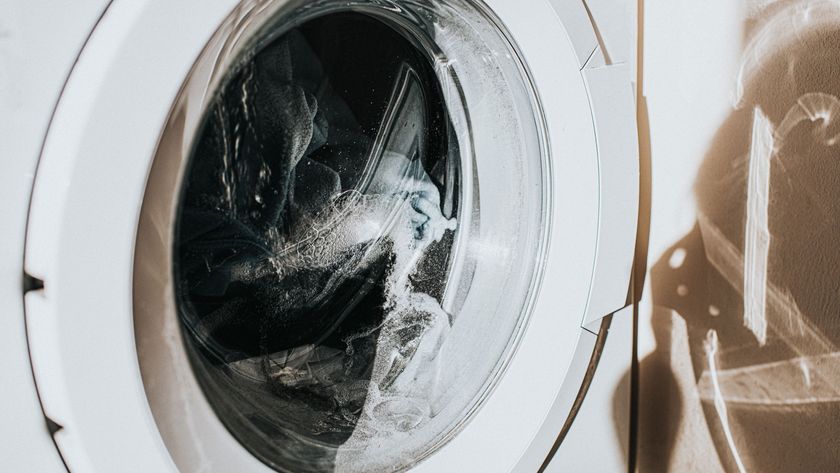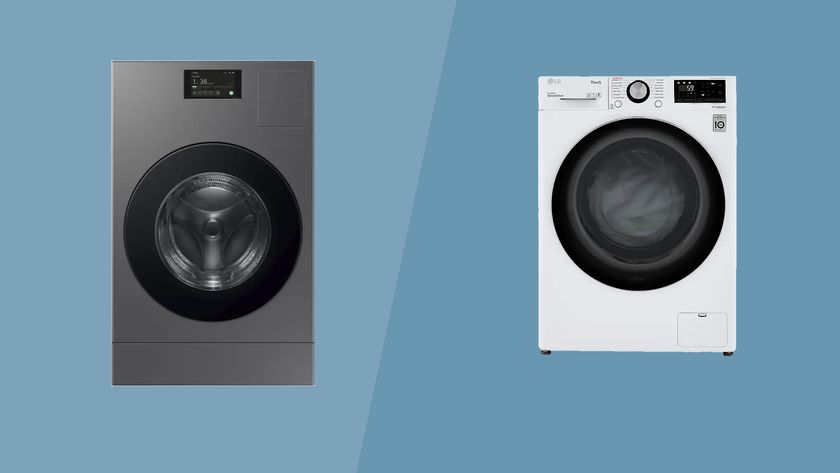Audiophiles are people who are very enthusiastic and passionate about high-quality audio reproduction. They want the quality of the audio playback to be as faithful to the original performance as possible. They are also very particular about the equipment they use to play back their favorite music, and are willing to pay almost anything to buy it. An audiophile scoffs at the mass-produced stereo headphones that come with MP3 players and that can be purchased for under $20 at the local big box store. They see nothing wrong with spending $1,500 or more for a pair of stereo headphones and salivate over specifications such as frequency response, impedance and sensitivity.
Most of us are not audiophiles and do not understand what the specifications included on the headphones package mean. We just want our music to sound good and we don't want to pay too much for it.
Even an audiophile will tell you that sound quality in a pair of stereo headphones is purely subjective. The same is true for the type of music we like to listen to. What sounds amazing to one person may sound bland or subdued to another. Some people like to listen to music, while others like to become part of the music as it vibrates through the body and rattles the brain.
So what sounds good?
What sounds good to you may depend on what you can hear. When you were younger, you probably could hear a lot better than you do now. As you age, you naturally lose some of your hearing. In addition, you may also have hearing loss due to ear damage. Maybe you grew up listening to loud rock and pop music. Maybe you went to too many loud concerts or dance clubs. Maybe you spent a good deal of your time wearing headphones or ear buds to isolate yourself from the world around you. As you turn up the volume on your MP3 player to drown out the ambient noise around you, you are causing permanent damage to your hearing.
Sound is a vibration wave composed of different frequencies. The frequency is the number of times that a sound wave repeats per second and is measured in Hertz (Hz). Each sound we hear has a particular frequency. For example, orchestras tune their instruments or Concert A, or A440, which is the tone at 440Hz that serves as the standard for musical pitch.
The frequency response specification listed on the headphone packaging is the lowest and highest tones the headphones are able to reproduce. A young, healthy person can hear tones between 20Hz and 20,000Hz (20kHz). As you age you lose the ability to hear the higher tones. Most people over 30 can t hear tones above 16kHz.
So why do some headphone manufacturers proudly proclaim a frequency response that goes well below and above the range of human hearing?
Simply put, they are trying to tell you that the headphones can reproduce almost any sound and will therefore provide better quality and clarity. The reason a set of headphones may sound great to one person and unbearable to the next may simply be that the one can hear more tones than the other.
In our reviews we found that the Denon AH-D1001, the Audio-Technica ATH-M35 and the AKG K242 HD headphones offer the best sound quality, comfort and value. Be sure to check out all of our stereo headphones reviews to see which pair is best for you.
At TopTenREVIEWS We Do the Research So You Don t Have To.












